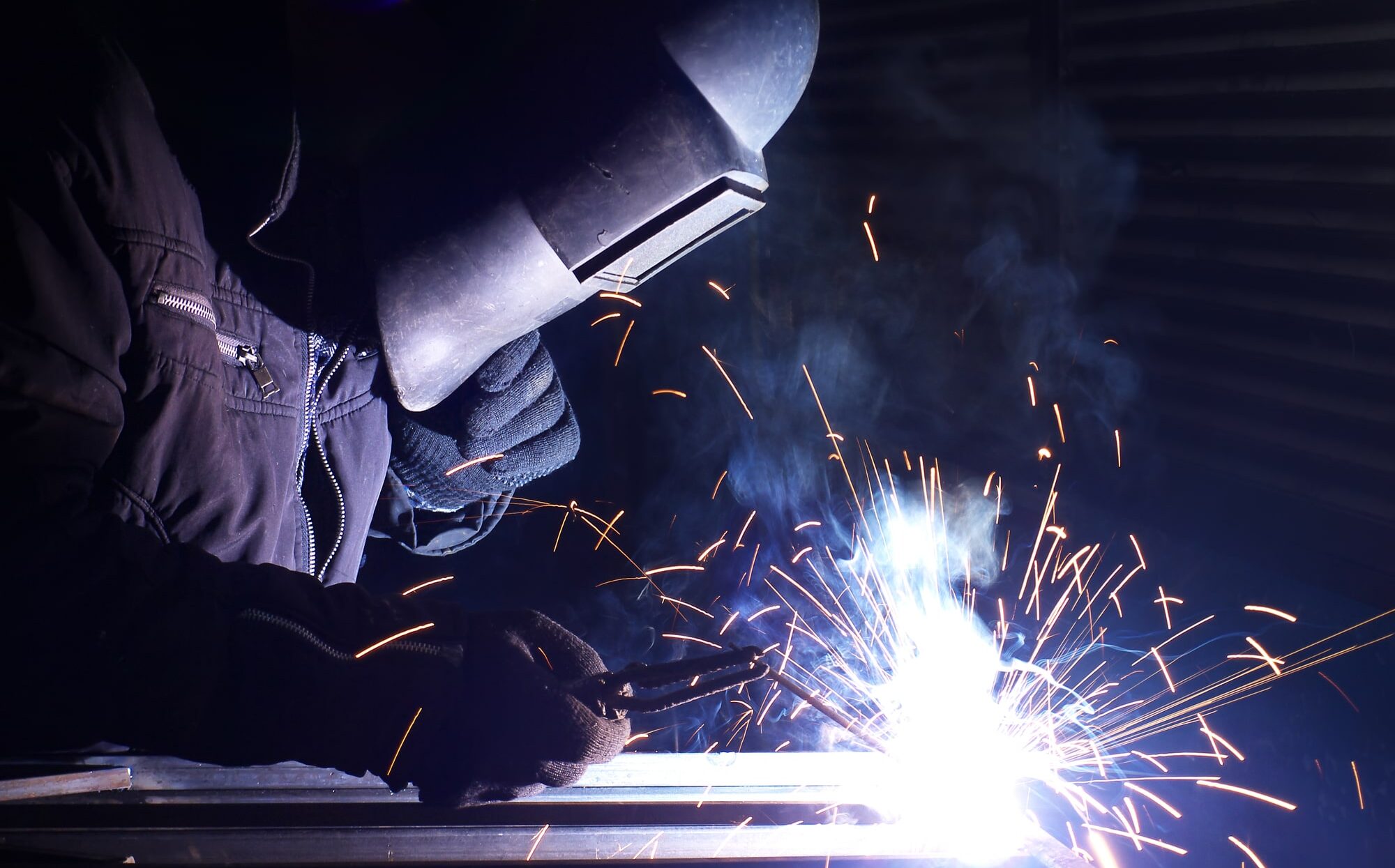Creating a Welding WPS: Step-by-Step Instructions for Professionals
Creating a Welding WPS: Step-by-Step Instructions for Professionals
Blog Article
The Ultimate Guide to Welding WPS Procedures: A Thorough Introduction for Welders
In the complex world of welding, Welding Treatment Specs (WPS) offer as the foundation of guaranteeing high quality, uniformity, and security in welding procedures (welding WPS). As we dive right into the numerous parts of a WPS and check out the ins and outs of credentials and certification, we will reveal the important function these treatments play in the realm of welding.
Relevance of WPS Procedures
Comprehending the value of Welding Procedure Specs (WPS) procedures is important for making certain the high quality and stability of bonded structures. WPS procedures serve as a roadmap for welders, describing the required steps, criteria, and materials called for to attain an audio weld. By adhering to WPS standards, welders can make sure consistency in their job, bring about structurally sound and reputable welds.
One of the key factors why WPS procedures are crucial is their duty in preserving weld high quality and honesty. Adhering to the specified welding specifications and methods outlined in the WPS assists prevent flaws such as porosity, breaking, or incomplete blend, which can jeopardize the strength and longevity of the weld.

Parts of a WPS
A Welding Procedure Spec (WPS) usually consists of necessary elements that detail the certain needs for implementing a weld, guaranteeing consistency and high quality in the welding process. The vital components of a WPS include crucial variables such as base steels, filler metals, interpass and preheat temperature levels, welding procedures, protecting gases, welding positions, and post-weld warm therapy requirements.
Base metals refer to the products being signed up with, while filler steels are made use of to fill the void in between the base steels throughout welding. The welding procedure details the details method to be utilized, whether it's gas steel arc welding (GMAW), protected steel arc welding (SMAW), or one more approach. Welding placements specify the alignments in which welding can be done.

Certification and Qualification
Having actually established the important elements of a Welding Procedure Specification (WPS), the focus now moves towards the essential facets of qualification and certification in welding techniques.

Qualification, on the other hand, is the official acknowledgment of a welder's certifications by an appropriate qualification body or organization. Welding accreditations are typically based on the particular welding processes, materials, and placements a welder is certified to deal with. Holding a legitimate welding qualification demonstrates that a welder meets industry criteria and is experienced to perform welding tasks to the required specifications.
Developing a WPS
To develop a Welding Treatment Spec (WPS) that fulfills industry criteria, mindful consideration of welding processes, products, and functional criteria is vital (welding WPS). The primary step in creating a WPS is to recognize the welding process image source to be made use of, such as gas steel arc welding (GMAW) or shielded metal arc welding (SMAW) As soon as the welding procedure is figured out, the next essential facet is picking the proper materials, considering elements like base metal type, density, and joint layout. Functional specifications such as welding current, voltage, travel rate, and shielding gas composition must additionally be meticulously defined in the WPS.

Implementing and Checking WPS
Upon finalizing the detailed Welding Procedure Specification (WPS) that carefully information welding processes, products, functional specifications, and quality control steps, the emphasis changes to effectively carrying out and keeping an eye on the established procedures. Implementation includes making certain that all welders associated with the project recognize with the WPS and follow it carefully throughout the welding procedure. This calls for providing appropriate training and supervision to assure adherence to the specified treatments. Keeping track of the WPS involves continual oversight to verify that welding activities line up with the recorded specifications. Examinations, testing, and high quality control actions are essential parts of the surveillance process to identify any type of inconsistencies or problems promptly. Normal audits and reviews of the welding procedures assist in preserving consistency and high quality throughout the project. Reliable execution and tracking of the WPS are vital for making certain the integrity, toughness, and safety and security of the welded joints, inevitably contributing to the total success of the welding job.
Final Thought
In final thought, understanding and adhering to Welding Treatment Requirements (WPS) is important for welders to ensure quality, uniformity, and safety in their work. By understanding the parts of a WPS, acquiring correct credentials and certifications, creating detailed procedures, and executing and checking them effectively, welders can boost their abilities and proficiency in welding methods. Abiding by WPS treatments is vital for generating top notch welds and meeting industry requirements.
In the complex globe of welding, Welding Procedure Specs (WPS) you can try these out offer as the foundation of ensuring high quality, uniformity, and safety and security in welding operations. The welding process lays out the particular method to be utilized, whether it's gas metal arc welding (GMAW), protected metal arc welding (SMAW), or another method.To create a Welding Procedure Requirements (WPS) that satisfies market requirements, cautious consideration of welding processes, products, and functional Click Here criteria is vital. The very first action in producing a WPS is to determine the welding procedure to be made use of, such as gas steel arc welding (GMAW) or secured steel arc welding (SMAW)Upon wrapping up the comprehensive Welding Treatment Spec (WPS) that diligently details welding procedures, products, functional parameters, and top quality assurance procedures, the focus changes to efficiently applying and monitoring the recognized treatments.
Report this page